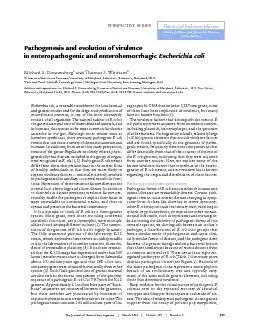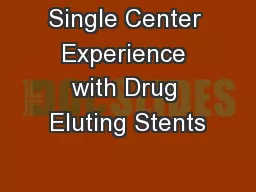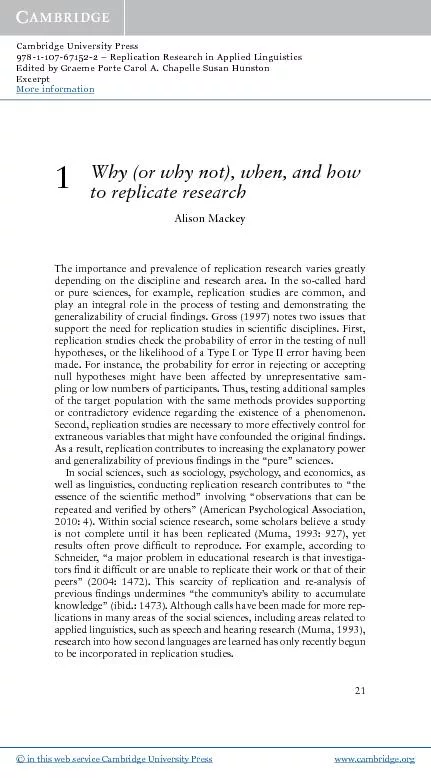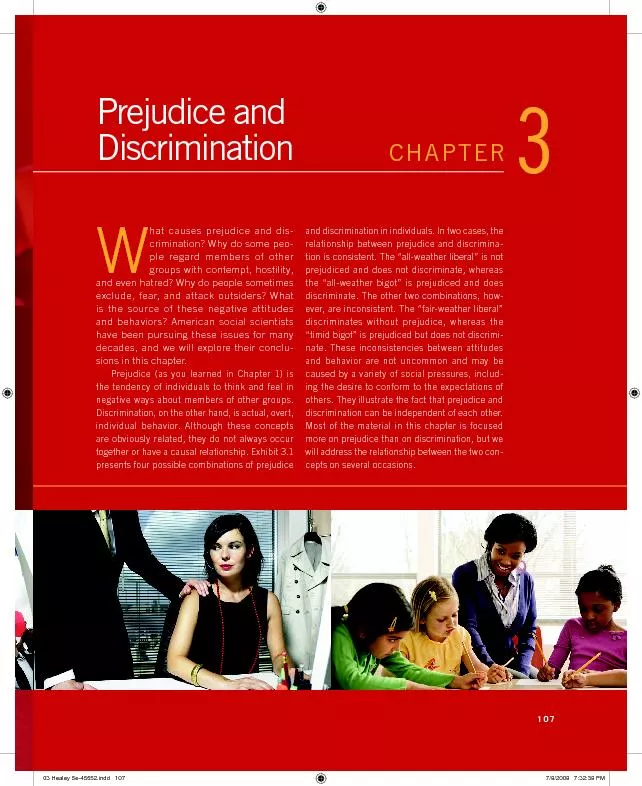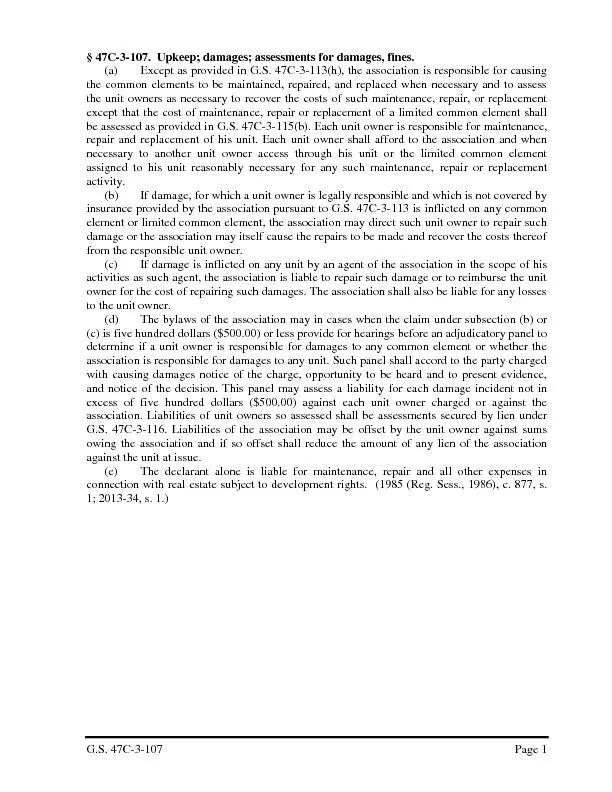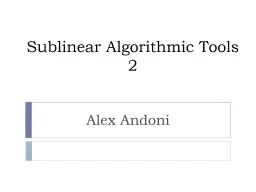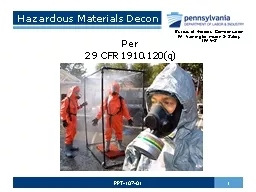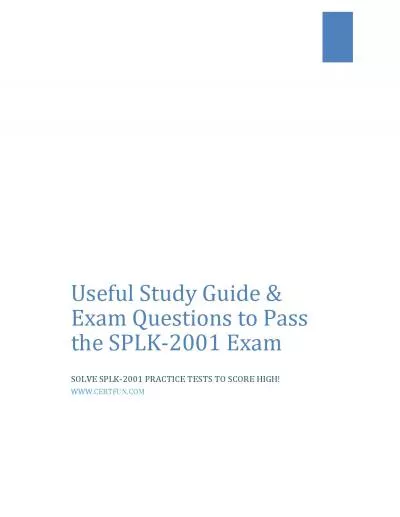PDF-The Journal of Clinical Investigation|March 2001|Volume 107|Number 5Es
Author : tatiana-dople | Published Date : 2015-12-03
Pathogenesis and evolution of virulence in enteropathogenic and enterohemorrhagic and Thomas S WhittamDivision of Infectious Diseases University of Maryland Baltimore
Presentation Embed Code
Download Presentation
Download Presentation The PPT/PDF document "The Journal of Clinical Investigation|Ma..." is the property of its rightful owner. Permission is granted to download and print the materials on this website for personal, non-commercial use only, and to display it on your personal computer provided you do not modify the materials and that you retain all copyright notices contained in the materials. By downloading content from our website, you accept the terms of this agreement.
The Journal of Clinical Investigation|March 2001|Volume 107|Number 5Es: Transcript
Download Rules Of Document
"The Journal of Clinical Investigation|March 2001|Volume 107|Number 5Es"The content belongs to its owner. You may download and print it for personal use, without modification, and keep all copyright notices. By downloading, you agree to these terms.
Related Documents

